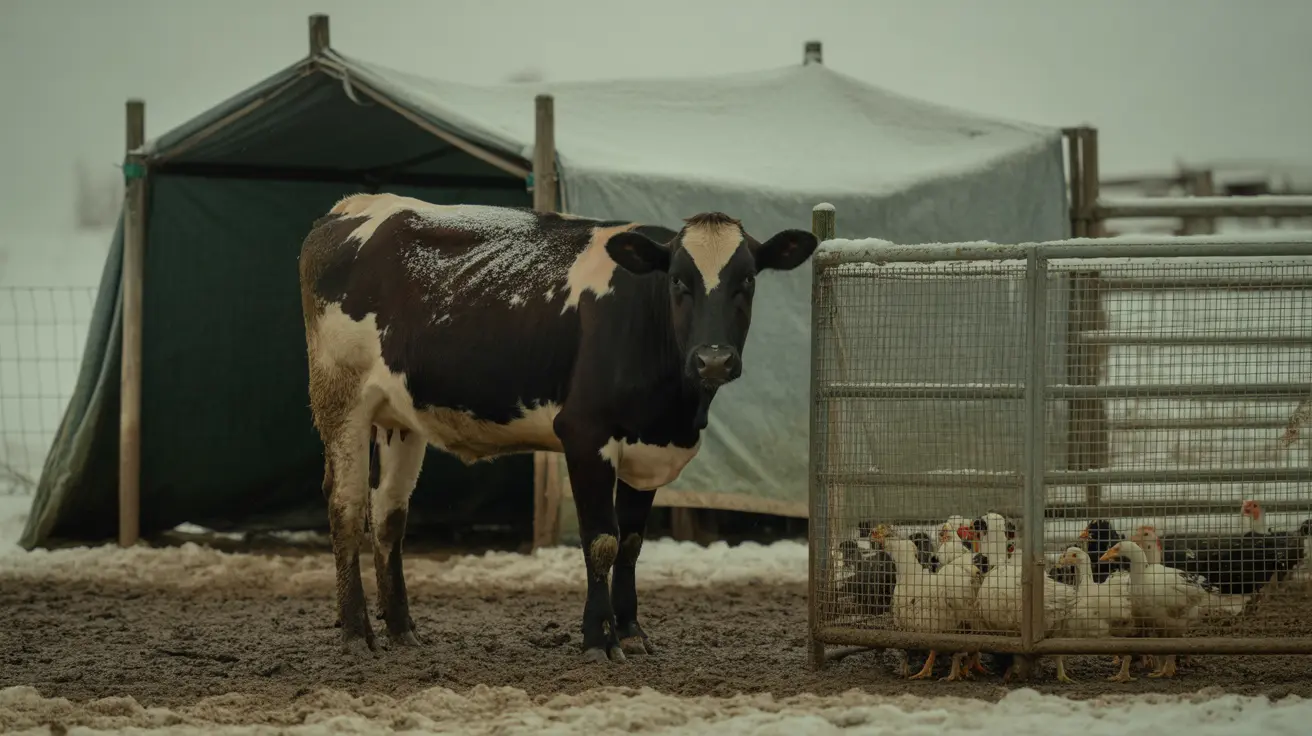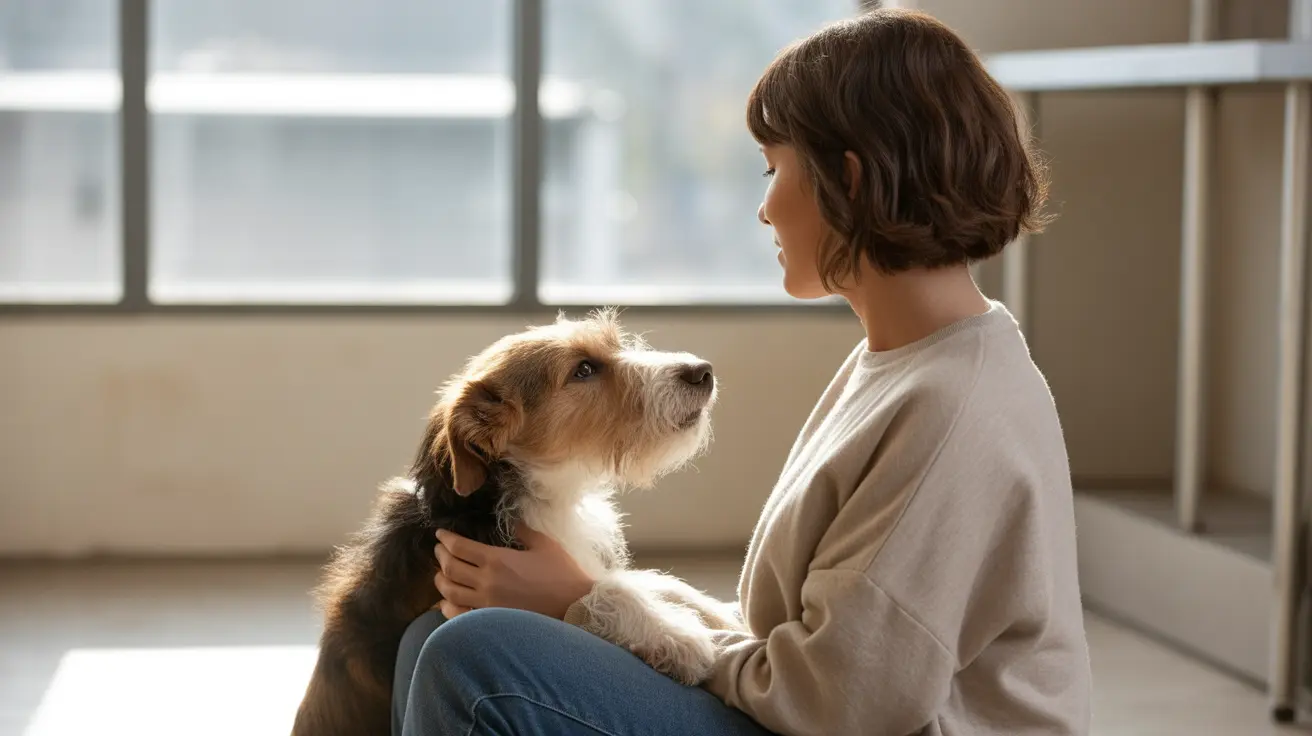How Much Weight Can a Hawk Carry? Understanding the Risk to Small Dogs
Hawks,
owls, and other
raptors are powerful birds of prey, but their ability to lift heavy animals, especially household pets like dogs, has limitations. While the threat of a bird of prey snatching your dog might seem terrifying, it's important to understand the realistic capacities of these birds in order to assess the actual risk.
Typical Hawks and Their Lifting Capabilities
Red-tailed hawks, among the largest of North American hawks, weigh between 2 and 4 pounds. These birds can typically lift prey equal to about half, or at most two-thirds, of their body weight. This translates to roughly
1 to 2.5 pounds of live prey carried in flight under optimal conditions. Consequently, only
dogs under around 12 pounds are considered at genuine risk of being picked up, and even then, only by the largest raptors like eagles or great horned owls.
Which Dogs Are Most at Risk?
The risk is not equal for all breeds or sizes. The following breeds are more vulnerable:
- Chihuahuas
- Yorkshire Terriers (Yorkies)
- Pomeranians
- Papillons
- Small puppies of larger breeds
These dogs typically weigh under 8–10 pounds, making them potential targets for
great horned owls,
hawks, or even
bald eagles in rare instances. Though actual cases of pets being successfully carried away are few and far between, the real danger lies in
attacks that result in injury from talons or falls.
What Can Raptors Actually Carry?
Here’s a breakdown of typical lifting capacities:
- Red-tailed Hawks – Can lift about 1–2.5 pounds.
- Great Horned Owls – Occasionally reported to lift over 5 pounds.
- Bald Eagles – May lift up to 5–6 pounds, but struggle to fly with heavy loads.
Even when a bird tries to lift a pet, it may quickly drop the animal due to weight or stress. Unfortunately,
being dropped from high altitudes can result in serious trauma or death for small dogs.
Behavioral Factors Increasing Risk
Birds of prey may act aggressively during
nesting season (spring to late summer), especially if a pet wanders near their territory. In such cases, the bird may attempt to scare rather than hunt. Yet, some attacks come from opportunistic hunting behavior—such as when birds mistake small pets for squirrels or rabbits.
Injury Types from Raptor Attacks
Injuries from bird attacks can be severe. These may include:
- Puncture wounds from talons
- Head trauma
- Broken bones
- Internal injuries
- Shock or stress-induced complications
Preventative Measures for Pet Owners
To protect your pets, consider the following steps:
- Supervise pets outdoors, especially during daylight or dusk.
- Use covered outdoor enclosures (like catios or pupios).
- Leash walk dogs in open or rural areas.
- Remove bird feeders and outdoor pet food to avoid attracting raptors' prey like rodents.
- Install visual deterrents (reflective tape, CDs, scare tape).
- Prune tree branches where birds might perch near pet areas.
- Join dog walking groups—birds of prey often avoid groups.
- Consider protective vests for small dogs—vests with spikes or Kevlar lining (e.g., Raptor Shields).
What to Do If a Raptor Approaches or Attacks
- Make loud noises—clap, shout, wave arms.
- Pick up your pet and find shelter.
- Examine your pet for injuries—look for bleeding, limping, or lethargy.
- Seek veterinary care promptly—even unseen talon wounds can cause infection.
- Report the incident to animal control or wildlife agencies.
Legal Protections for Raptors
It’s critical to note that
raptors are federally protected under the
Migratory Bird Treaty Act. It is illegal to harm, trap, or kill them—even to defend a pet—without a permit. Any deterrents must be non-lethal and non-harassing.
Final Thought
While stories of birds carrying off small dogs make dramatic headlines, they represent rare occurrences. For most dog owners, the risk of severe injury comes not from being taken, but from being grabbed or dropped during an attempted attack.
Supervision and preparedness are your best defenses—by staying informed and vigilant, you can enjoy the outdoors safely with your beloved pet.





